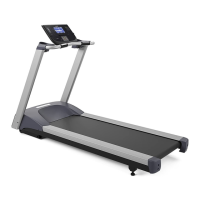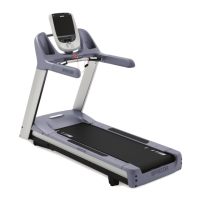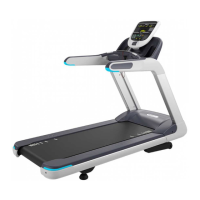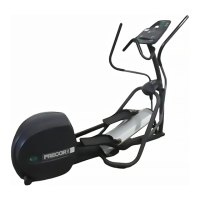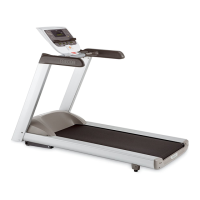6Troubleshooting
About
This section contains troubleshooting information to help you identify, isolate, and resolve com-
ponent and system issues.
Review the
Introduction To Troubleshooting
section below to learn about the troubleshooting
process, troubleshooting best practices, and other pertinent information that will help you effi-
ciently troubleshoot issues and return the equipment to service.
Information that will help you troubleshoot:
l Review the "Introduction To Troubleshooting" below section below.
l Review the "Standard Error Codes" on page139 topic.
l Review the About the Error Log topic.
l Refer to the “Error Code Troubleshooting Guide” for error code description and
troubleshooting repair information.
l Review the " Active Status Light (ASL)" on page147 topic.
l Review the System Troubleshooting Procedures topic.
Introduction To Troubleshooting
Troubleshooting issues is an investigative process best implemented utilizing a systematic
approach that efficiently targets the issue cause allowing correct equipment repairs and return
to service. The following information will help you to systematically troubleshoot and resolve
issues.
Basic Steps
Validate the customer reported issue:
The failure that is reported may differ from your observations as a trained technician. Many
reported failure are not true failures and can be fixed without a customer visit.
l (powered units only) Always ask the customer if the unit power is connected and
switched ON.
l Further interrogate the customer to determine if this is the real issue requiring an on-site
visit or possibly a different issue that can be simply resolved over the phone.
Verify the Input Power Condition (Powered units only)
Always begin by verifying the input power is connected and switched "ON". Also make sure
the input power is within the specified power limits ("" on page9). Poor quality, intermittent,
and/or out-of-spec input power will cause operational failures.
Experience Series 700 Line Treadmills
137
6Troubleshooting
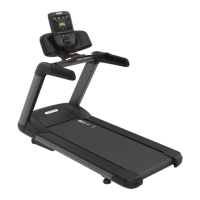
